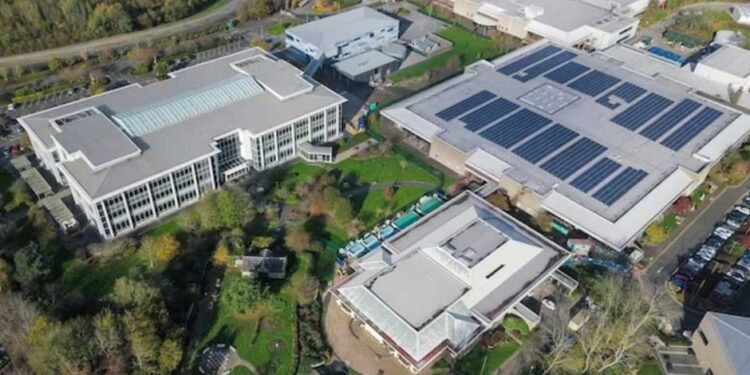The world is grappling with the urgent challenge of climate change, and the transition to renewable energy sources is crucial for a sustainable future. Batteries play a pivotal role in storing and utilizing renewable energy, making them an indispensable component of this transition.
In this article, we will explore the importance of recycling batteries in enabling a truly renewable energy future and examine the various aspects of this critical process, from current practices to emerging technologies and the need for a circular economy.
KEY TAKEAWAYS
- Recycling batteries reduces environmental impact and conserves resources.
- Standardized collection, chemical identification, and regulations are key challenges.
- Direct recycling methods, recyclable designs, and second-life uses offer solutions.
- A circular battery economy needs collaboration from all stakeholders.
The Environmental Impact of Battery Manufacturing
While batteries are essential for harnessing renewable energy, their production carries a significant environmental burden. The mining of raw materials like lithium, cobalt, and nickel often leads to environmental degradation, habitat destruction, and water pollution. Moreover, the energy-intensive manufacturing processes contribute to greenhouse gas emissions, further exacerbating the very issue we’re trying to solve.
Proper recycling can help mitigate these environmental impacts. By recovering valuable materials from used batteries, we can reduce the need for resource-intensive mining and extraction processes. This not only conserves finite natural resources but also decreases the overall environmental footprint associated with battery production.
The Importance of Recycling Batteries
Recycling batteries is crucial for several reasons. First and foremost, it helps conserve the finite natural resources used in battery manufacturing, reducing the demand for mining and extraction. This, in turn, lessens the environmental degradation associated with these activities.
Additionally, proper recycling prevents hazardous materials from entering the environment, protecting ecosystems and public health. It can also reduce greenhouse gas emissions and energy consumption compared to producing new batteries from raw materials, not to mention those companies that facilitate battery recycling offer economic benefits such as job creation and revenue generation from the sale of recovered materials.
Current Battery Recycling Practices and Challenges
Currently, various methods exist for recycling, including pyrometallurgical and hydrometallurgical processes. However, several challenges hinder widespread and efficient recycling. One major obstacle is the lack of standardized collection systems, making it difficult to gather used batteries from various sources.
Moreover, identifying the specific chemistry of batteries can be challenging, complicating the sorting process. As a result, recycling rates remain relatively low, highlighting the need for improvement. Regulatory and policy barriers also play a role, as inconsistent or inadequate regulations can discourage investment in recycling infrastructure and technologies.
Emerging Technologies and Innovations in Recycling
The industry is constantly evolving, with new technologies and innovations emerging to address the challenges. Direct recycling methods for lithium-ion batteries, such as mechanical separation processes, hydrometallurgical processes, and direct cathode recycling, offer promising solutions for more efficient and environmentally friendly recycling.
Additionally, advancements in battery design are underway to make batteries easier to recycle. For instance, some manufacturers are exploring ways to simplify the disassembly process and improve the recovery of valuable materials. Likewise, developments in second-life applications for used batteries, such as energy storage systems, could extend their lifespan and reduce the need for new battery production.
Building a Circular Economy for Batteries
To truly enable a renewable energy future, we must transition from a linear to a circular battery value chain, embracing the principles of a circular economy. This approach involves designing batteries with recyclability in mind, implementing efficient collection and sorting systems, and deploying advanced recycling technologies.
Collaboration between manufacturers, recyclers, and policymakers is essential to building a robust circular economy for batteries. Manufacturers should prioritize product design for recyclability, while recyclers invest in cutting-edge technologies. Policymakers play a crucial role in creating a supportive regulatory environment and incentivizing battery recycling initiatives.
Lastly, consumer awareness and participation are vital. Individuals must actively engage in recycling programs and support companies that prioritize sustainability and a circular approach to battery management.
Concluding Thoughts
Battery recycling is a critical component in enabling a truly renewable energy future. By reducing the environmental impact of battery production, conserving finite resources, and promoting a circular economy, we can leverage the full potential of renewable energy sources while minimizing our ecological footprint. Overcoming the challenges and scaling up recycling efforts will require collaborative efforts from individuals, businesses, and governments alike.












